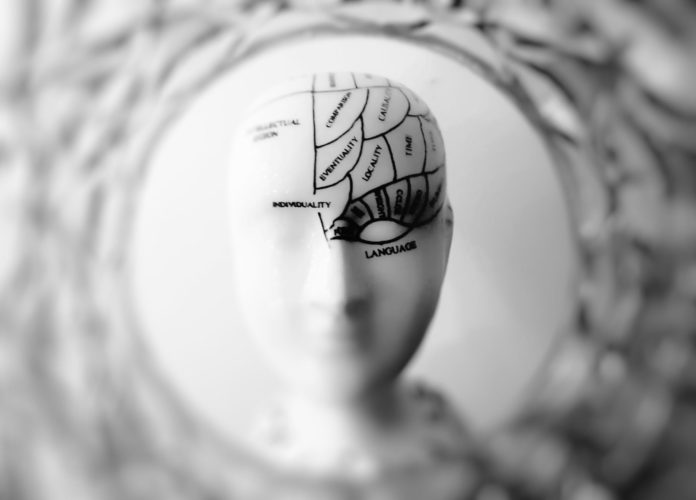Past studies have suggested that both fear and anxiety are different- with different triggers and strictly segregated brain circuits. Fear–a quick reaction to specific danger–is thought to be controlled by the amygdala, a small almond-shaped region buried beneath the cerebral cortex’s wrinkled convolutions. By contrast, anxiety–a persistent state of heightened apprehension and arousal elicited when threat is uncertain–is thought to be orchestrated by the neighboring bed nucleus of the stria terminalis (BNST).
But a new study suggests that both of these brain regions are equally sensitive to certain and uncertain kinds of threats.
According to a new study, fear and anxiety reflect overlapping brain circuits. The study contradicts popular scientific accounts featuring the requirement for a significant theoretical reckoning.
The study was conducted by an international team of researchers led by Alexander Shackman, an associate professor of psychology at UMD, and Juyoen Hur, an assistant professor of psychology at Yonsei University in Seoul, South Korea.
Shackman, a core faculty member of UMD’s Neuroscience and Cognitive Science Program, said, “The conceptual distinction between ‘fear’ and ‘anxiety’ dates back to the time of Freud, if not the Greek philosophers of antiquity. In recent years, brain imagers and clinicians have extended this distinction, arguing that distinct neural networks orchestrate fear and anxiety.”
“This new study adds to a rapidly growing body of new evidence suggesting that this old model is wrong. If anything, fear and anxiety seem to be constructed in the brain using a massively overlapping set of neural building blocks.”
Scientists used fMRI to quantify neural activity while participants anticipated receiving a painful shock paired with an unpleasant image and sound. Scientists dubbed this task as Maryland Threat Countdown.
The timing of this “threat” was signaled either by a conventional countdown timer–i.e., “3, 2, 1…”–or by a random string of numbers–e.g. “16, 21, 8.” In both conditions, threat anticipation recruited a remarkably similar brain regions network, including the amygdala and the BNST. Across a range of head-to-head comparisons, the two showed statistically indistinguishable responses.
Scientists analyzed the neural circuits engaged while waiting for certain and uncertain threats and demonstrate that both kinds of threat anticipation recruited a common network of core brain regions, including the amygdala and BNST.
Shackman said, “These observations raise important questions about the Research Domain Criteria (RDoC) framework that currently guides the U.S. National Institute of Mental Health’s quest to discover the brain circuitry underlying anxiety disorders, depression, and other common mental illnesses.”
“As it is currently written, RDoC embodies the idea that certain and uncertain threats are processed by circuits centered on the amygdala and BNST, respectively. It’s very black-and-white thinking, emphasizing that RDoC’s “strict-segregation” model is based on data collected at the turn of the century.”
“It’s time to update the RDoC so that it reflects the actual state of the science. It’s not just our study; in fact, a whole slew of mechanistic studies in rodents and monkeys and new meta-analyses of the published human imaging literature are all coalescing around the same fundamental scientific lesson: certain and uncertain threat are processed by a shared network of brain regions, a common core.”
“Anxiety disorders impose a substantial and growing burden on global public health and the economy. While we have made tremendous scientific progress, existing treatments are far from curative for many patients. We hope that research like this study can help set the stage for better models of emotion and, ultimately, hasten the development of more effective intervention strategies for the many millions of children and adults around the world who struggle with debilitating anxiety and depression.”
Journal Reference:
- Juyoen Hur et al. Anxiety and the Neurobiology of Temporally Uncertain Threat Anticipation. DOI: 10.1523/JNEUROSCI.0704-20.2020
